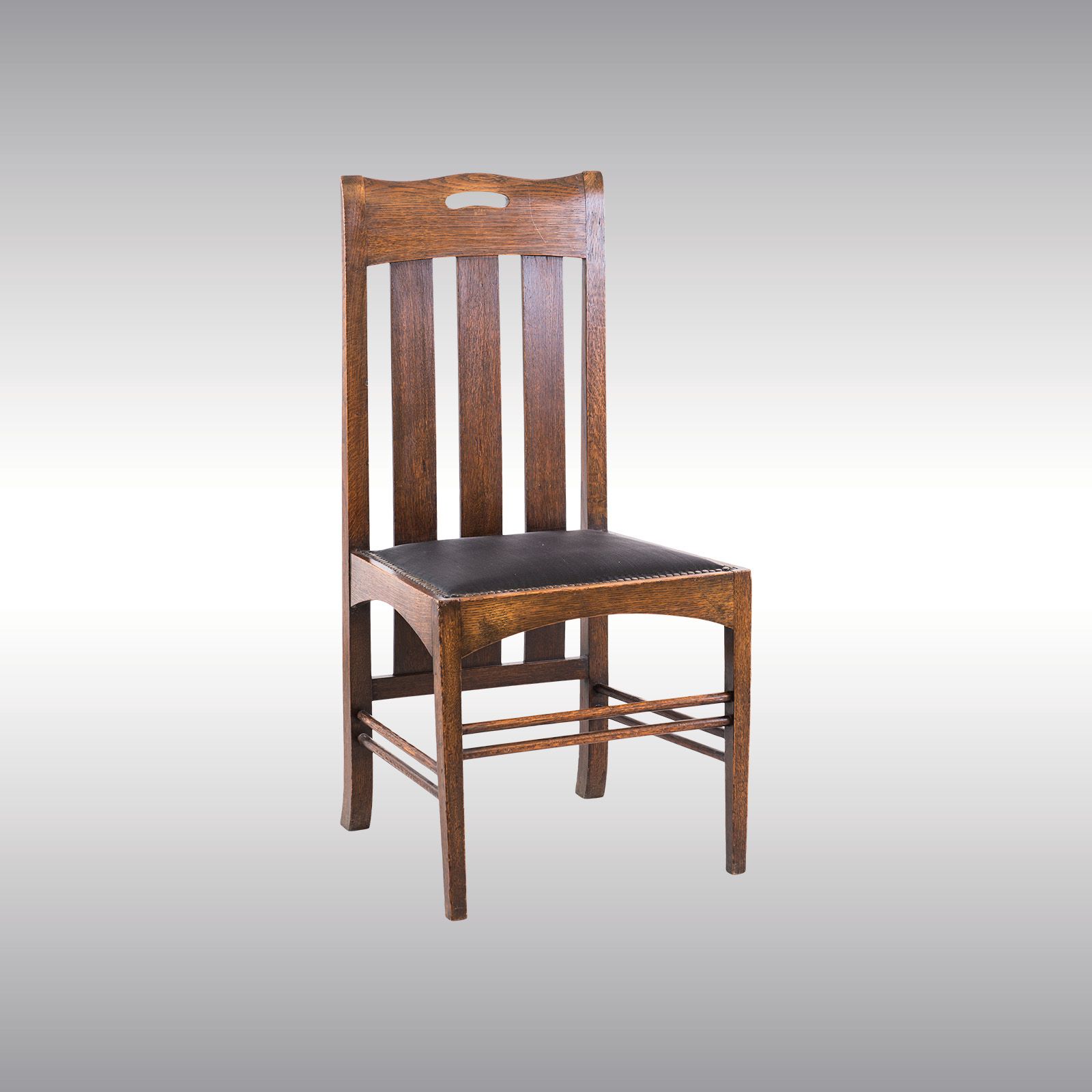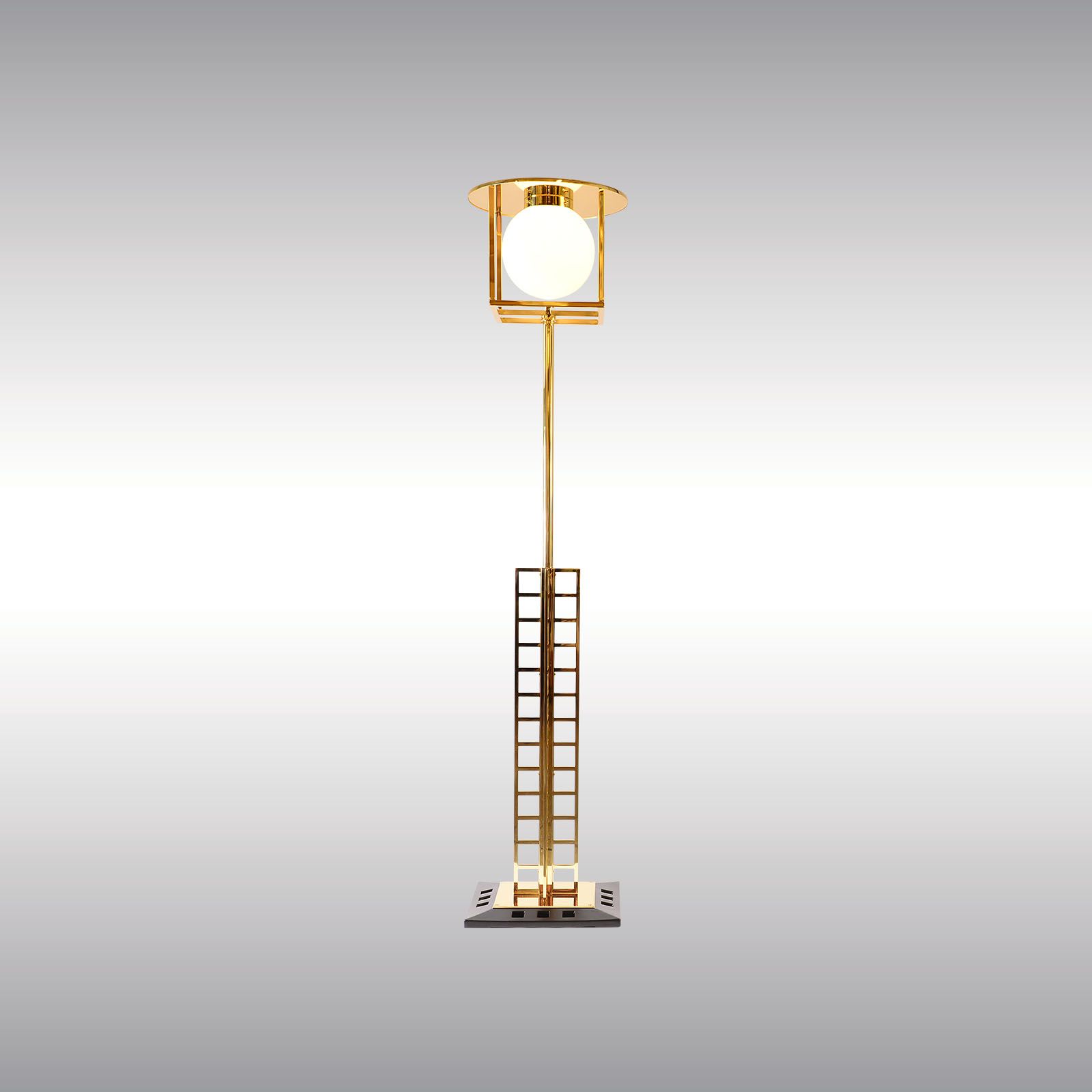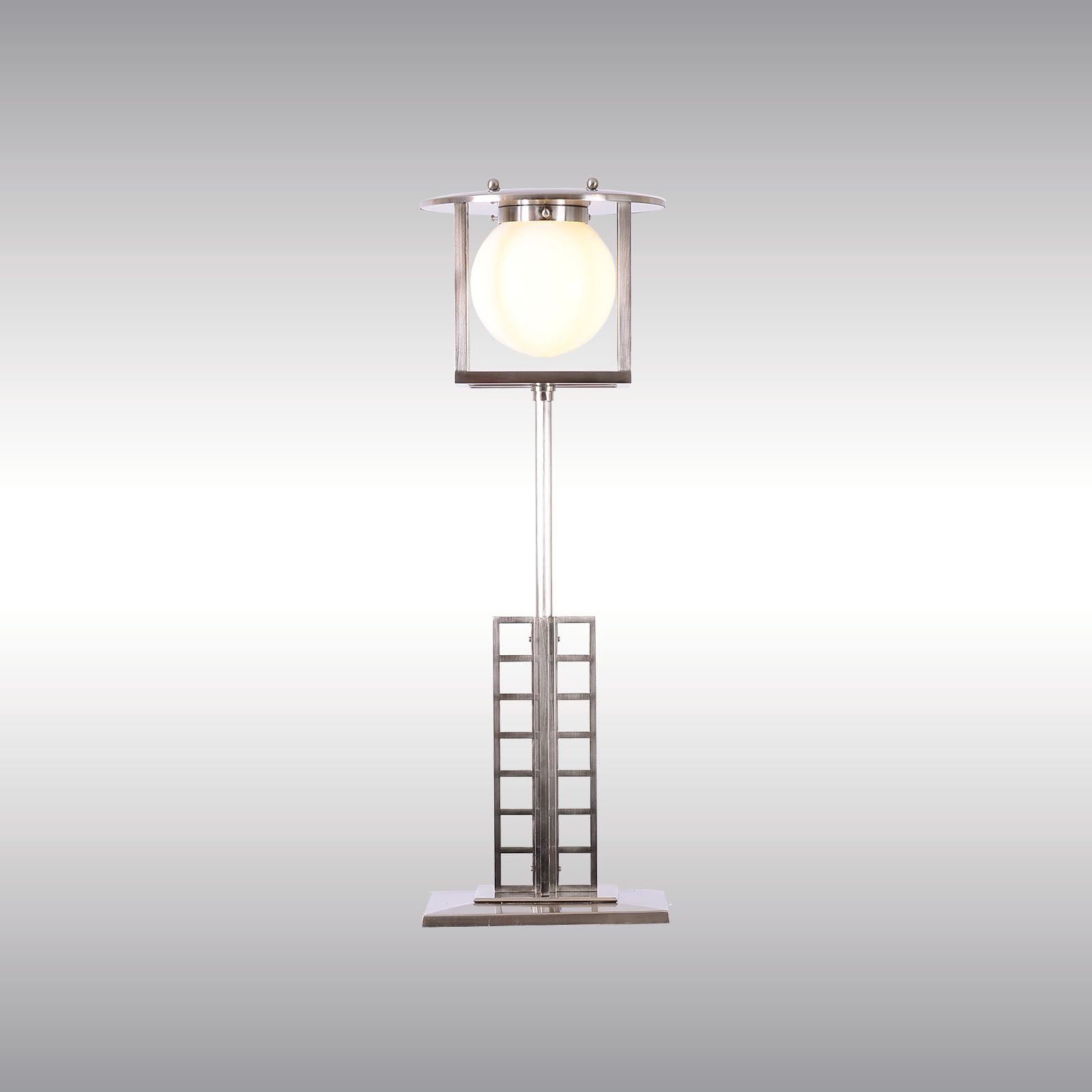BORN in Glasgow on 7 June 1868, Charles Rennie Mackintosh trained as an architect in a local firm and studied art and design at evening classes at the Glasgow School of Art.
The Arts and Crafts Movement began in England in the 1860s as a reform movement. Its primary proponents were John Ruskin (1819-1900) and William Morris
For 20 years he worked as an architect/designer in Glasgow where all his best known work was created and where much of it still remains, yet he left Glasgow in search of success and died in London in virtual obscurity.
It is perhaps ironic that he was given at the time, so little recognition by his native city, for Glasgow of the late l9th and early 20th centuries was the centre of a progressive movement in painting and the decorative arts.
AT art school, Mackintosh and his friend and colleague Herbert MacNair met the artist sisters Margaret and Frances Macdonald. These four artists collaborated on designs for fumiture, metalwork and illustration, developing a distinctive imagery of weird, abstracted female figures and metamorphic lines reminiscent of Aubrey Beardsley.
Their style earned them the nickname of the 'Spook School' and their work, particularly in England, was treated with suspicion because of its decadent influence of Continental art nouveau. The majority of Mackintosh's work was created, with the help of a small number of patrons, within a short period of intense activity between 1896 and 1910.
Francis Newbery helped Mackintosh to secure the prestigious commission to design the new Glasgow School of Art (now known as the Mackintosh Building); for Miss Kate Cranston he designed a series of Glasgow tea room interiors and the businesmen William Davidson and Walter Blackie commissioned large private houses, 'Windyhill' in Kilmacolm and 'The Hill House' in Helensburgh.
In Europe, the originality of Mackintosh's style was quickly appreciated and in Germany and Austria he received the acclaim that he was never truly to gain at home. In 1900, the Mackintoshes were feted in Vienna as a result of their contribution to the 8th Vienna Secession; this led to friendships with designers such as Josef Hoffmann, who two years later founded the Wiener Werkstaette, and the commission to design the Waerndorfer Music Salon.
In 1902, the Mackintosh Room at the Turin Intemational Exhibition was also enthusiastically received and he went on to exhibit in Moscow and Berlin. Despite this success, and with his undoubted influence abroad, Mackintosh's work met with considerable indifference at home and his career in Glasgow declined. Few private clients were sufficiently sympathetic to want his 'total design' of house and interior and he was incapable of compromise.
By 1914 Mackintosh had despaired of ever receiving recognition in Glasgow and both he and Margaret moved to Walberswick on the Suffolk coastline where he painted many fine flower studies in water-colour. In 1915 they settled in London and for the next few years, Mackintosh attempted to resume practice as an architect and designer. The designs he produced at this time, for textiles, for the 'Dug-Out' Tea Room in Glasgow and the dramatic interiors for Bassett-Lowke's house in Northampton show him working in a bold new style of decoration, using primary colours and geometric motifs. It was an output of extraordinary vitality and originality which went virtually unheeded in England. In 1923, the Mackintoshes left London for the South of France where Mackintosh finally gave up all thought of architecture and devoted himself entirely to painting landscapes.
He died in London, of cancer, on 10 December 1928.
Foto: Karolinsky-Archive


